Editor’s Note: “Over a Beer” is a regular column written by Greg Heil. While Greg is the Editor in Chief for Singletracks.com, any opinions expressed in this column are his alone and do not necessarily represent the opinions of Singletracks.com.
There are two types of people who approach me, asking for bike buying advice.
Type 1

The first group of people needs some kind of clarification or education on the differences between bikes. What are the advantages of different styles of mountain bikes? How do the different components perform or compare? What about wheel size?
These are the kinds of people that I can help. A big part of my job is helping to educate people who may not be able to get first-hand experience with the latest drivetrain or tires, or ride enough bikes to compare one to the other. This goal of education also drives much of our editorial content–we write buyer’s guides on any and every type of bike and component, reviews, opinion pieces, and even how-to content designed to help you get the best bike possible for your needs.
While sometimes the flood of questions and messages can feel overwhelming as my inbox and Facebook ping at me, I love helping friends, acquaintances, and readers get the best bike for their needs, allowing them to get out and foster a love of the woods and mountains that is so precious to me!
Type 2

The second group of people, on the other hand, knows the differences between the bikes that they’re looking at. Generally, they’re down to two bikes. And then they approach me to ask which is better.
The question goes something like this:
“I’m planning to buy a new 160mm enduro bike with 29” wheels, and I’ve narrowed it down to the Specialized S-Works Enduro and the Trek Slash 9.9. While there’s $500 in price difference, I know the components on the Specialized are a bit better for the extra $500, and price isn’t a big factor for me. Essentially, these are the same bike. So which is the best bike? Which one should I get?”
At this point in the Type 2 person’s bike buying process, the person knows all there is to know about these bikes. He’s likely already ridden both of them, he’s analyzed the component lists, he’s been thinking about this $8,000 purchase for weeks, months, or even years.
What he hasn’t been able to do is make a decision.
Instead of buckling down, doing the hard work, and making a decision, he decides to send me an email. But the purpose isn’t to get clarification on the differences between these two bikes. He already knows the differences.
Rather, he wants me to make the decision for him.
Here’s another example of a type 2 question:
“I just read your review of the new Niner RIP 9, and I’m really stoked on that bike! However, I’m considering purchasing the carbon version of this bike since you said the aluminum one is kind of heavy. Is it worth it to spend the extra $700 to upgrade to the carbon frame with the same 2-Star SLX build kit?”
Again, at this point, the person knows the differences between the two bikes–one has a carbon frame, and one has an aluminum frame. The one with the carbon frame costs $700 more. Generally at this point I’ll expound on some of the benefits of carbon over aluminum, but this person likely already knows the benefits, as there are no end of articles online–both on our website and elsewhere–explaining the differences.
Again, he wants me to make the decision for him.
The problem is that in both of these instances, I can’t make the decision for either of these people. In question #1, the reality is that both of the bikes will likely be very similar. Instead of taking responsibility for his decision, this person wants me to take responsibility, instead of requiring him to do the hard work of actually deciding.
In question #2, this person already knows what he wants to do: he wants to spend an extra $700 to get the carbon frame. He wants me to justify the decision that he’s already made in his heart. Again, the problem is that I can’t do this–is $700 worth the upgrade to him? I don’t know how much money this person has. I don’t know if $700 is what he’d spend on a meal out with a group of friends or if he’d spend an entire year saving up that amount.
In both of these scenarios, the Type 2 person needs to make the decision on their own. They both need to take responsibility for the decision and their actions, justifying it based on their own logic or reasoning. They are educated, they know the differences… now they just need to act.
Resources for Choosing Your Next Mountain Bike

Are you a Type 1 person who’s actually looking for resources to help you along the path to your next mountain bike? Well that’s great, because that’s something that I (and we collectively) can help you with! Here are just a few guides that can get you heading in the right direction. But if you’re looking for something specific, be sure to run a search on Singletracks or drop a comment below.
- How To Choose Your First Mountain Bike
- Hardtail VS Full Suspension Mountain Bikes
- How To Decide How Much Suspension You Need
- How To Know When It’s Time to Buy a New Mountain Bike VS Upgrading Your Old One
- Should I Buy a Low Spec Mountain Bike and Upgrade Later, or Go for the High End Build Now?
- Buyer’s Guide: Budget Hardtail Mountain Bikes
- Buyer’s Guide: Budget Full Suspension Mountain Bikes
- Buyer’s Guide: Budget Fat Bikes
- The 10 Best Trail Bikes of 2016
- The 10 Best Enduro Bikes of 2016
- The 10 Best Hardcore Hardtails for Getting Rowdy
- The 10 Best Fat Bikes of 2016 – Readers’ Choice Awards
- The 10 Fastest Downhill Bikes in the World, According to Race Results
…and that doesn’t even include any of our guides for various components, wheels, etc. etc. You name it, we’ve probably written about it.
So if you have a Type 1 bike buying question, ask away in the comments section below! But if your question falls into category 2, it’s time to buck up and make the decision for yourself.


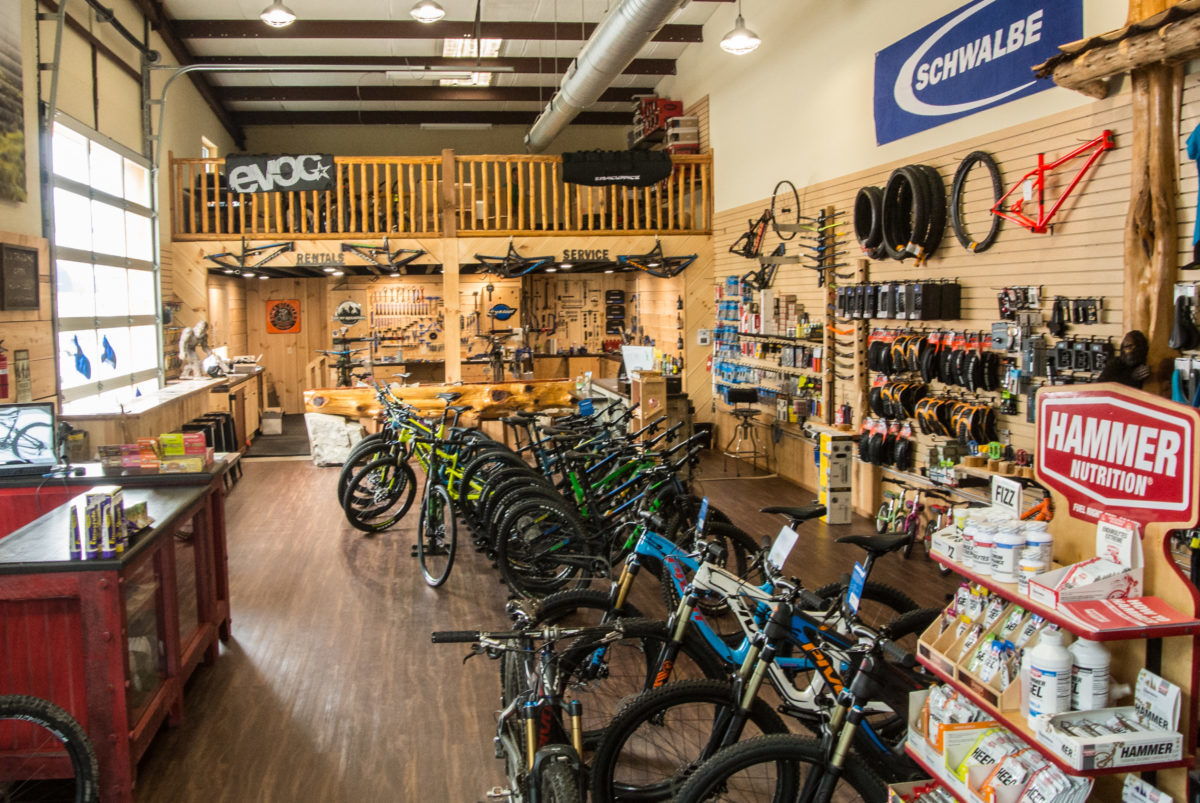



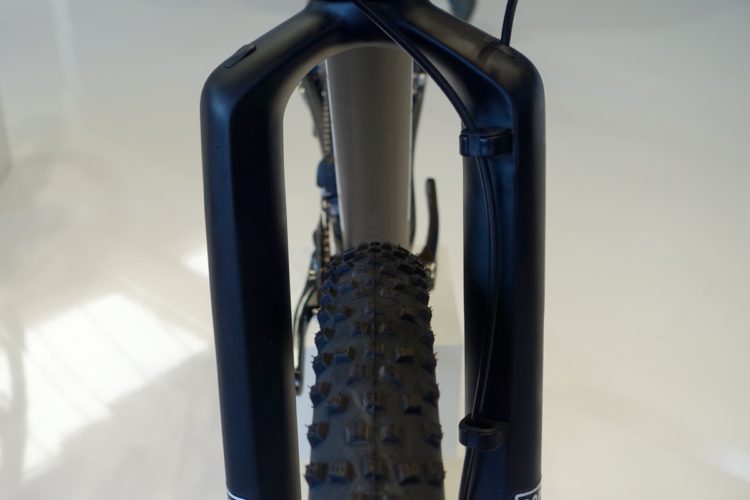

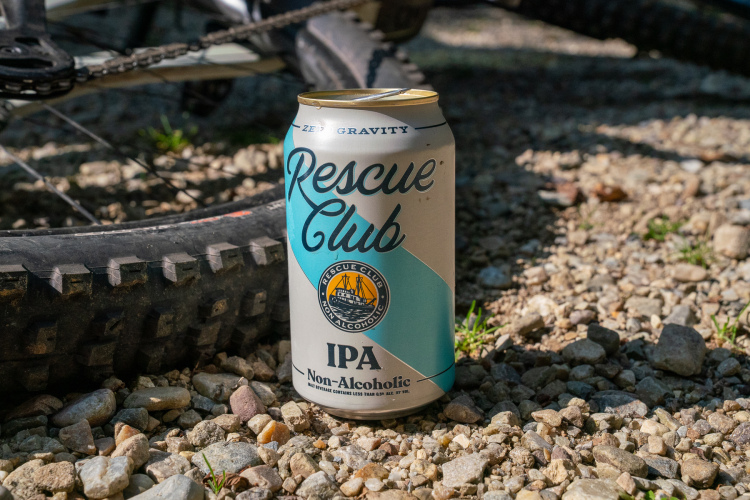
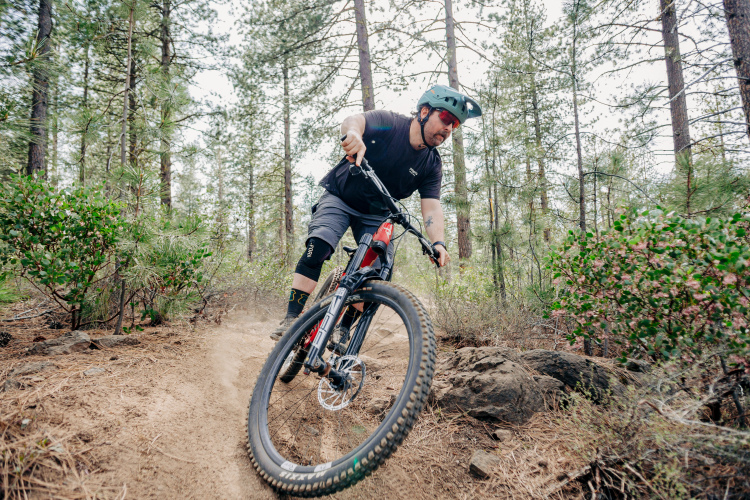
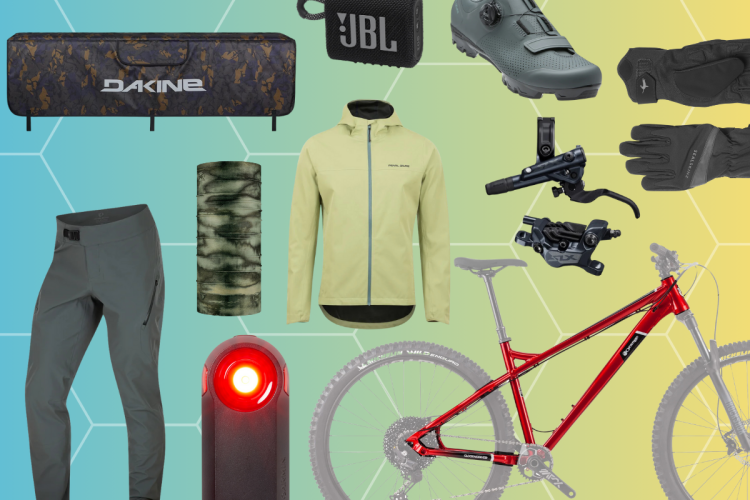

5 Comments
Jul 19, 2017
As far as the #2 type buyers, I have no problem whatsoever sharing my opinion including my biases such as "I wouldn't buy a Specialized unless there's only one shop in your town and that's what they sell due to the fact they have been douche bags in their business practices". You give two bike options and I'll tell you which one I'd pick and why....but that doesn't mean it's the best decision for you. Iff I'm not spending my own money on bikes, spending somebody else money on bikes is the next best thing.
Jul 19, 2017
Jul 19, 2017
I will bet you cash money that your Type 2 person has trouble making tough decisions in general....we all have co-workers, friends, hell, even family who suffer from the above affliction.
I think all you can do when they approach you with their question is smile, nod ....and offer them a coin to toss.
May 22, 2023
You never know unless you pull the trigger and there's never a perfect choice.
Apr 30, 2019
- how will this upgrade interact with the individual riding style and terain?
- how does this upgrade interact with the bike design of this model?
Both questions are impossible to answer from your computer, and that is why the question is asked. In the end, the consumer buys a end to end product that is more than the sum of it's parts. The first question is: how much is too much? Yes, I would love to fly down the mountain like a world enduro pro rider, but I'm in my late 50 and overweight, so the chances are very slim. Some additions or upgrades will help me enjoy the ride, others are completely useless. investing in some good coaching is the better alternative.
the second question is triggered by endless reviews of high end mountain bikes. The same fork will impact the ride in different ways in different bikes (different geometry, different material, different manufacturing). Is this a myth or is it the overall design really that important?
I'm not saying that you can make this call for this person, because you don't know the answer yourself. I am just pointing out that these questions are a logical consequence of the current marketing for mountain bikes in general (and singletrack is part of it)
thanks; keep on riding and writing
Frederic